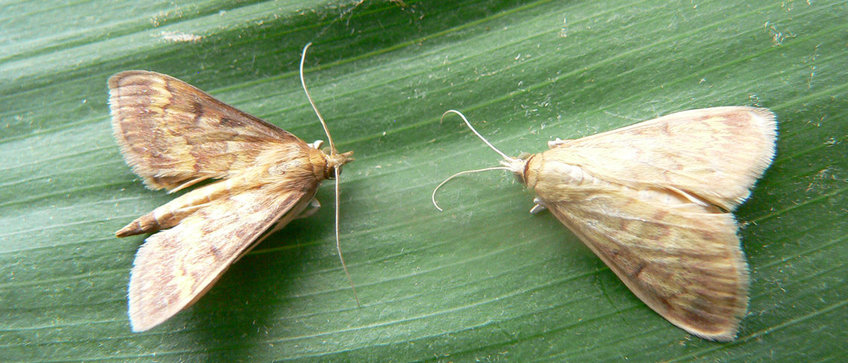
Publikationen von Eduardo Hatano
Alle Typen
Zeitschriftenartikel (5)
2013
Zeitschriftenartikel
Modulation of aphid alarm pheromone emission of pea aphid prey by predators. Journal of Chemical Ecology 39, S. 773 - 782 (2013)
2012
Zeitschriftenartikel
Entomopathogenic fungi stimulate transgenerational wing induction in pea aphids, Acyrthosiphon pisum (Hemiptera: Aphididae). Ecological Entomology 37 (1), S. 75 - 82 (2012)
2010
Zeitschriftenartikel
Aphid wing induction and ecological costs of alarm pheromone emission under field conditions. PLoS One 5 (6), e11188 (2010)
2008
Zeitschriftenartikel
Do aphid colonies amplify their emission of alarm pheromone? Journal of Chemical Ecology 34 (9), S. 1149 - 1152 (2008)
Zeitschriftenartikel
Chemical cues mediating aphid location by natural enemies. European Journal of Entomology 105 (5), S. 797 - 806 (2008)
Hochschulschrift - Doktorarbeit (1)
2010
Hochschulschrift - Doktorarbeit
Chemical communication in an aphid-natural enemy system: new mechanisms of aphid alarm signalling and wing induction. Dissertation, 108 S., Friedrich-Schiller-Universität, Jena (2010)